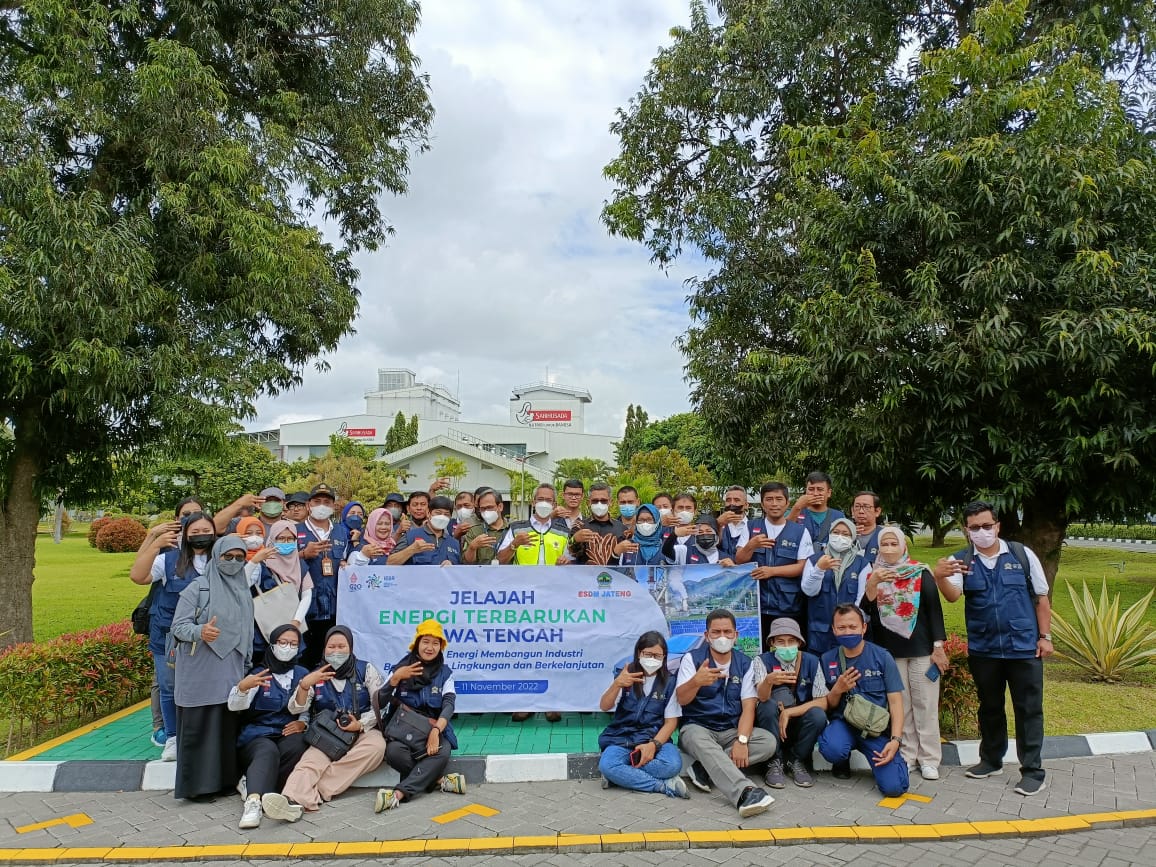Jakarta, October 13, 2025 - Many regions in Indonesia, especially those in remote and island areas, still face limited electricity supply. This condition creates development disparities between urban and rural areas. In some villages, communities still rely on fossil fuels such as diesel, which are expensive and not always consistently available.
To address…



